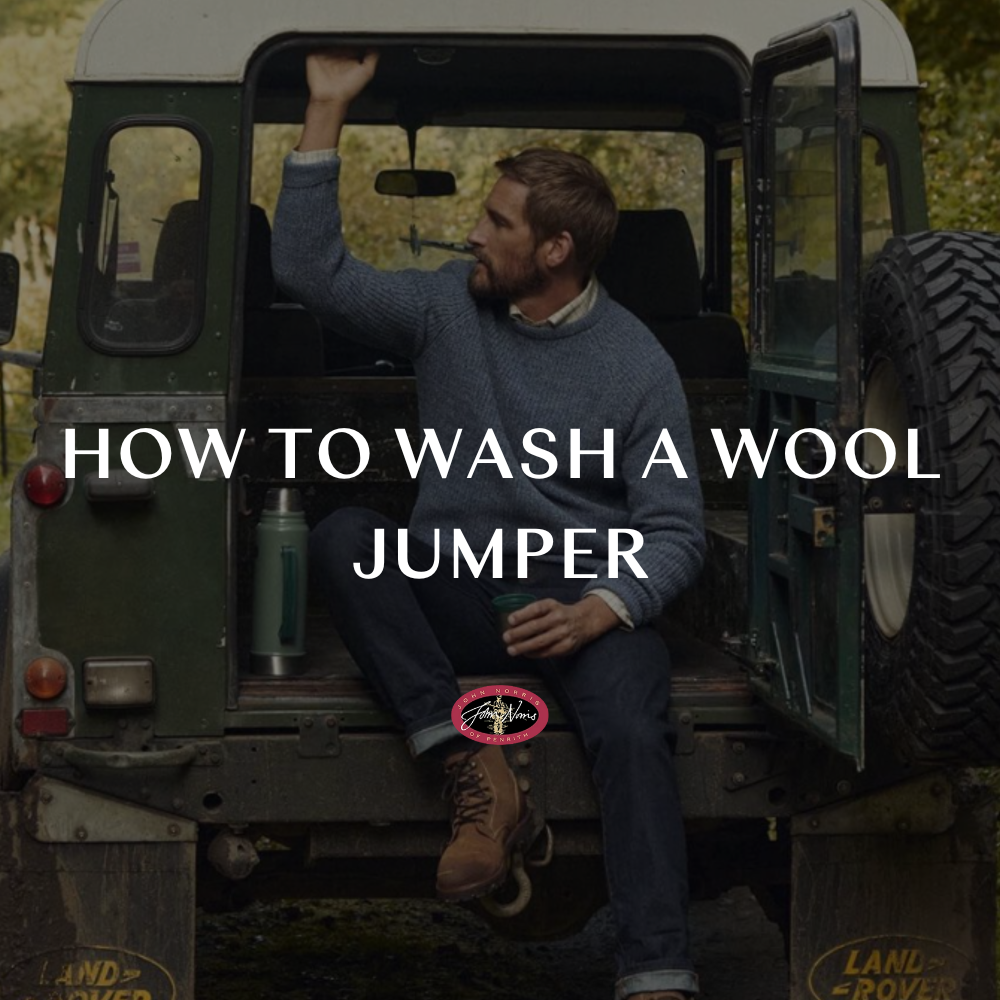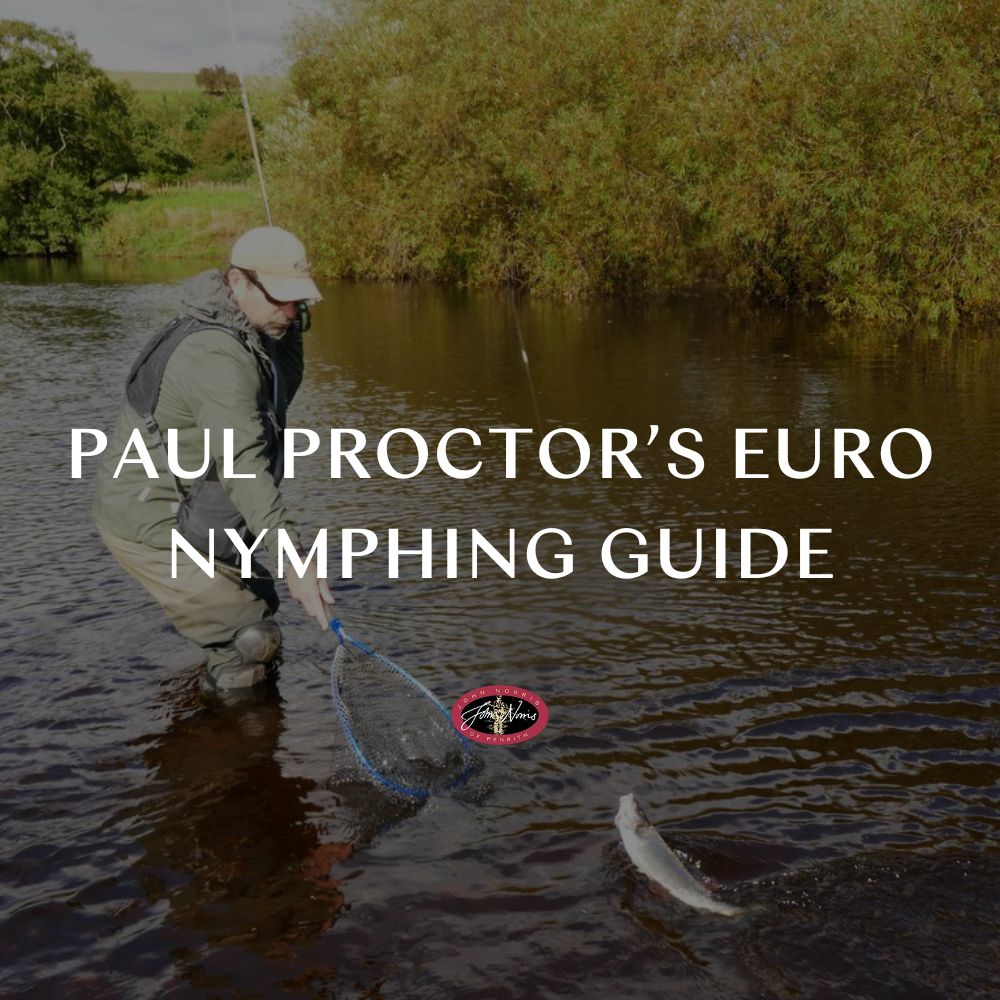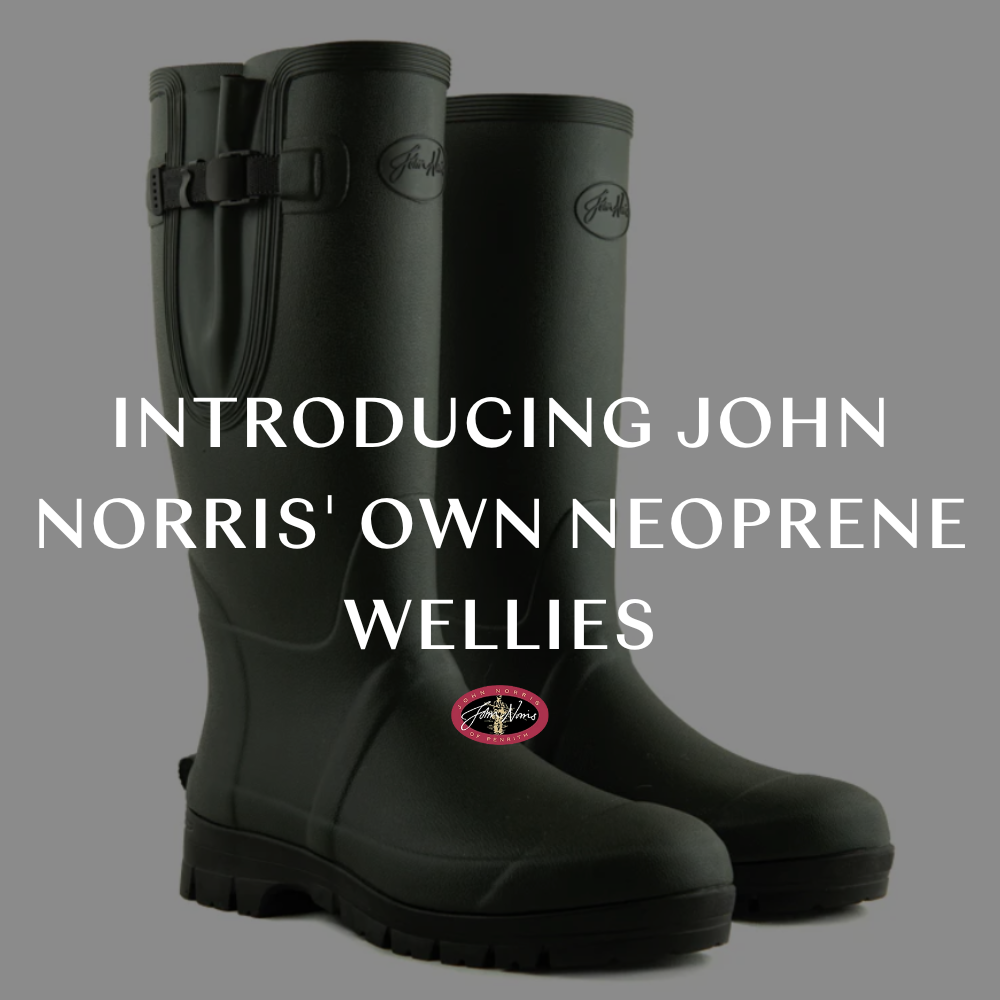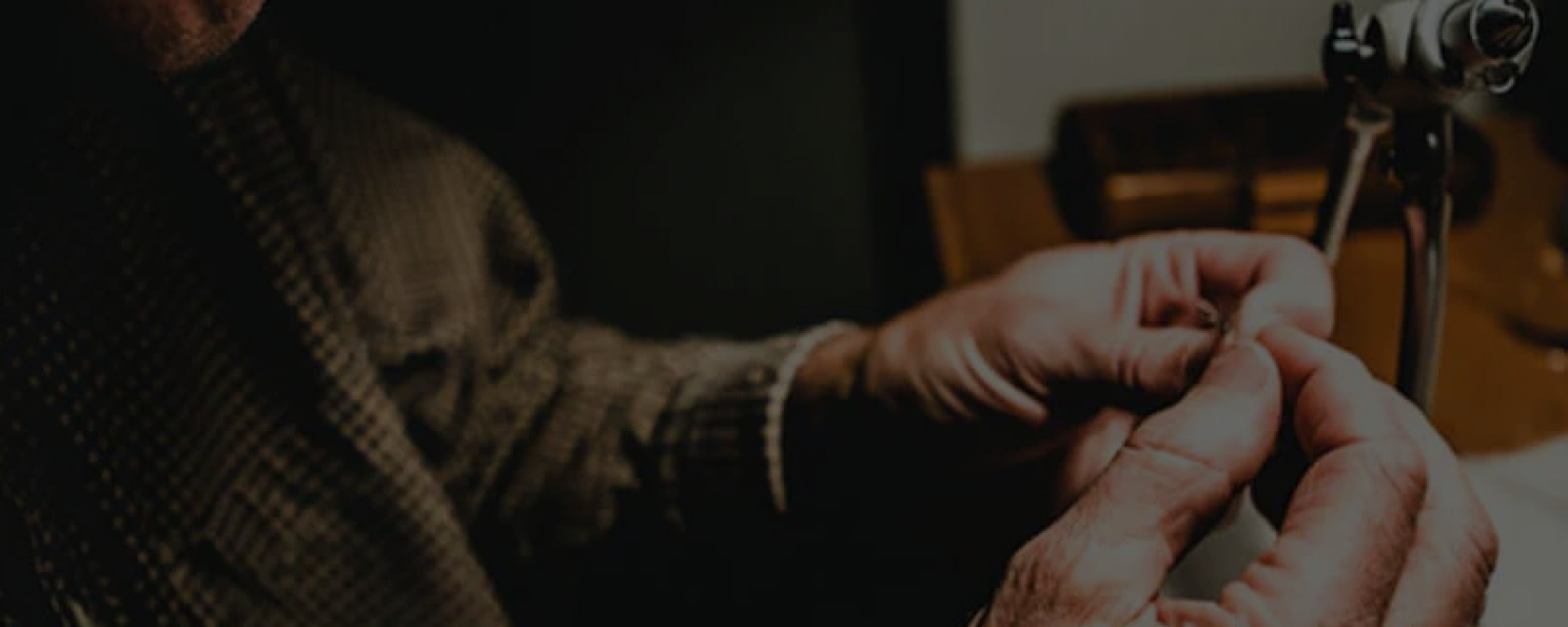Essential Fly Fishing Tackle: Top Picks from Paul Proctor
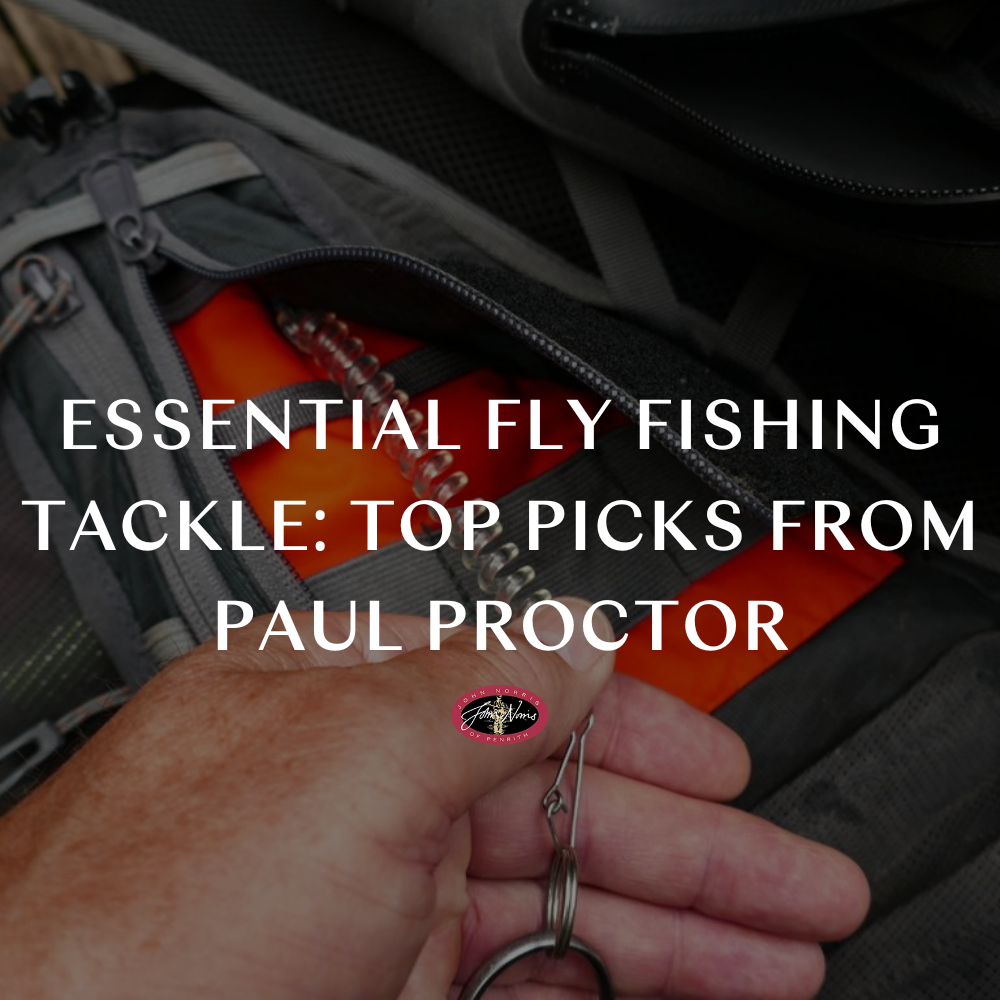
Developments in recent years have flooded the world of fly fishing with a host of gizmos and gadgets. For beginners, navigating the ever-expanding selection of fly fishing tackle, from floatants and snips to scissors and forceps, can feel overwhelming. In this guest blog, renowned angler Paul Proctor shares expert insights on the essential fly fishing tackle items you’ll need for a successful day on the water, all available from John Norris.
Floatants
A vast range of fly floatants are available these days. While most work well, it’s important to match the floatant to your fishing conditions. For example, when fishing large mayflies in fast-flowing water, they often become swamped. Liquid or aerosol floatants such as the Guideline HnD (High and Dry) Liquid Floatant or Spray are ideal. These coat the entire fly, helping it stay buoyant longer – especially useful for deer or elk hair caddis patterns during low-light periods when it's vital for your fly to skate on the surface rather than sink into it. However, in more delicate situations – like fishing emerger-style patterns, where only the post or wing needs to remain above the surface – gel or paste-based floatants are far more precise.
Gels such as TMC Dry Magic come in tubes with a fine applicator nozzle. Just squeeze a small amount onto your index finger, warm it slightly with body heat, and gently apply it to the fly’s tail, hackle, or wing. A word of caution: with gel floatants, less is more. Over-applying clogs the hackle and creates a messy, oily slick on the water.
In extreme heat, gels can melt and become difficult to manage. This is where paste floatants like Mucilin Silicone Paste are particularly effective. While not suited to cold temperatures, Mucilin’s solid consistency is ideal during hot summer days. Soften it slightly between your fingers and apply sparingly.
Dry fly powders/revivers
Some anglers treat their dry flies with desiccant powder before casting, but powders are best used to revive sodden flies. Powder shakes, such as the Guideline HnD Powdered Floatant and Desiccant, are fantastic for restoring hackled flies and modern synthetics – particularly CdC flies, which are notoriously delicate.
After catching a fish, first rinse your fly to remove slime. Then make a few false casts to shed moisture. Drop the fly into the canister, give it a vigorous shake, and the powder will recoat the fibres, restoring buoyancy. For more targeted application, the Guideline Powder with Brush enables precise coverage by working powder deep into CdC fibres. Don’t be alarmed if the fly turns white – a few false casts will shed the excess powder.
Another excellent fly reviver is Amadou, a naturally cured fungus. Soft and spongy, Amadou is highly absorbent and ideal for drying bedraggled CdC patterns. After rinsing away slime, squeeze your fly gently between two folds of Amadou for quick drying.
Sinkants
Even a brief touch with your fingers when tying on tippet or droppers can leave an oily film on your monofilament, causing it to float, not ideal when you want your leader to sink.
Sinkants degrease the leader, allowing it to break through the surface film and sink more naturally. This is especially useful when fishing nymphs or spiders, or when stealth is key in flat calm conditions. Apply a small amount to the leader or tippet with your fingers and rub it along gently.
Snips or Scissors:
Every angler needs a cutting tool to trim monofilament tag ends. However, a small pair of scissors also comes in handy for trimming bushy flies or performing simple field repairs – especially on fly lines. Ideally, carry both snips and scissors together on a zinger or retractor, so they’re always within reach.
Forceps
A pair of forceps are vital when dealing with deeply hooked fish and flattening barbs. Ideally, purchase those that lock when closed. Many have serrated jaws that are useful when it comes to grip like the Guideline Forceps.
Polaroids
As hook points whizz past our heads hundreds of times during a day’s casting, eye protection is absolutely essential. Polarised lenses not only safeguard your eyes, but also offer a privileged glimpse beneath the surface, helping you spot trout by sight. Just as importantly, they reveal deeper water or sudden drop-offs, allowing you to avoid dangerous footing. Conversely, these very features often attract fish, so being able to identify them lets you target the most productive areas with precision.
For general freshwater use, amber-coloured lenses are hard to beat, the Guideline Experience Glasses are a top choice here. On consistently bright days, go for grey or copper lenses, such as the Guideline Tactical Copper model, which cut glare while maintaining good contrast. During overcast conditions or the low light of evening sessions, yellow (sunrise) lenses can significantly improve visibility. The Guideline Experience are excellent for enhancing sight when the light fades.
Landing Nets
With catch and release now the norm for many anglers, the right landing net has become a key piece of fly fishing tackle. Knotless micro-mesh nets made from soft rubber are the best choice, offering protection to fish while making hook removal easier. The Guideline Multi Handle Nets are an ideal solution, offering a rigid frame and available in medium or large sizes. What’s more, they’re versatile – switch between a short handle for wading or a long telescopic handle for bank fishing (perfect for chalkstreams) simply by screwing in the relevant handle section.
Hook hone/sharpener
Perhaps one of the most overlooked items of fly fishing tackle, yet arguably one of the most important, is a hook hone. Everyone should carry one in their waistcoat, bag or chestpack to touch up hooks that can easily become blunt. They're also invaluable for removing burrs from hook points – a common issue when a backcast snags on stonework or tree trunks, for example.
Zingers/Retractors
Zingers or retractors are indispensable pieces of fly fishing tackle, ideal for securely attaching all manner of gadgets – snips, forceps, floatant, tippet spools, landing nets and even fly boxes – to your vest or pack. Working on a spring-loaded spool, zingers keep the cord neatly stowed out of harm’s way until needed. They’re perfect for frequently used tools like scissors, snips, floatants and sinkants. Modelled on the old telephone cord concept, plastic coiled retractors (like the GL Net Leash or JN Coil Retractors) provide extra reach, making them ideal for landing nets. Strong and reliable, they’re built to withstand serious use.
Waistcoats/Vests
Trying to carry all your fly fishing tackle in jacket or trouser pockets usually results in a jumbled mess. A better solution is a dedicated waistcoat, vest or bag. Multi-pocketed waistcoats keep everything neatly organised, with key tools like zingers accessible on the outside. A well-designed vest can hold nearly everything – though they can become bulky when loaded with waterproofs, lunch or a flask.
This is where the Guideline Experience Backpack and matching Experience Vest System offer a real edge. The vest can be clipped to the backpack, so all important items stay to hand, while the backpack provides ample room for rain gear, food, a camera and more.

Indicators/Sighters
Indicators are incredibly helpful, particularly for those new to nymphing, as they signal the vital moment a fish intercepts the fly. These pieces of fly fishing tackle come in many forms – from adhesive foam tabs and bright yarn to plastic bobbers.
Foam indicators are inexpensive and convenient, with adhesive backing allowing you to attach them easily by folding over your leader.
Yarn indicators, usually made from buoyant polypropylene, come in a range of colours from white to high-vis orange, yellow or black. Being less dense, they land softly and cause minimal hinging during casting.
Bobber-style indicators are threaded onto the leader and fixed in place with a peg or stopper. These are extremely buoyant and virtually unsinkable – ideal in fast or high water when fishing with heavy bugs – although they can be slightly more cumbersome to cast (Oros Strike Indicators).
Bags
Since the early days of the sport, anglers have relied on some form of bag to carry their essential fly fishing tackle. While a single-compartment game bag used to suffice, modern fly fishers carry far more gear – and a bag with dividers and dedicated pockets is now a far better option. Despite the temptation to bring everything, a good fly fishing bag should remain lightweight and compact. Ideally, it should be waterproof with accessible outer pockets. Essential items to carry include fly boxes, tippet material, spare spools with floating or sinking lines, and a few carefully chosen extras.
With so many accessories on the market, it’s easy to get lost in the details. But by focusing on the core elements of fly fishing tackle, floatants, sinkants, quality tools, and smart storage, you'll build a streamlined kit that covers every key situation. From precise dry fly presentation to safe catch-and-release practices, the right gear doesn’t just make fishing easier—it makes it better. Stick to the essentials, and let experience guide your future additions.
This is just one instalment in our seasonal guest blog series, so be sure to check out the others for more timely tips to improve your fishing throughout the year. For those ready to gear up, visit John Norris in-store or online. With expert advice, a hand-picked selection of top-quality fly fishing tackle, and everything you need for success on the water, John Norris is your trusted partner this fly fishing season and beyond.





